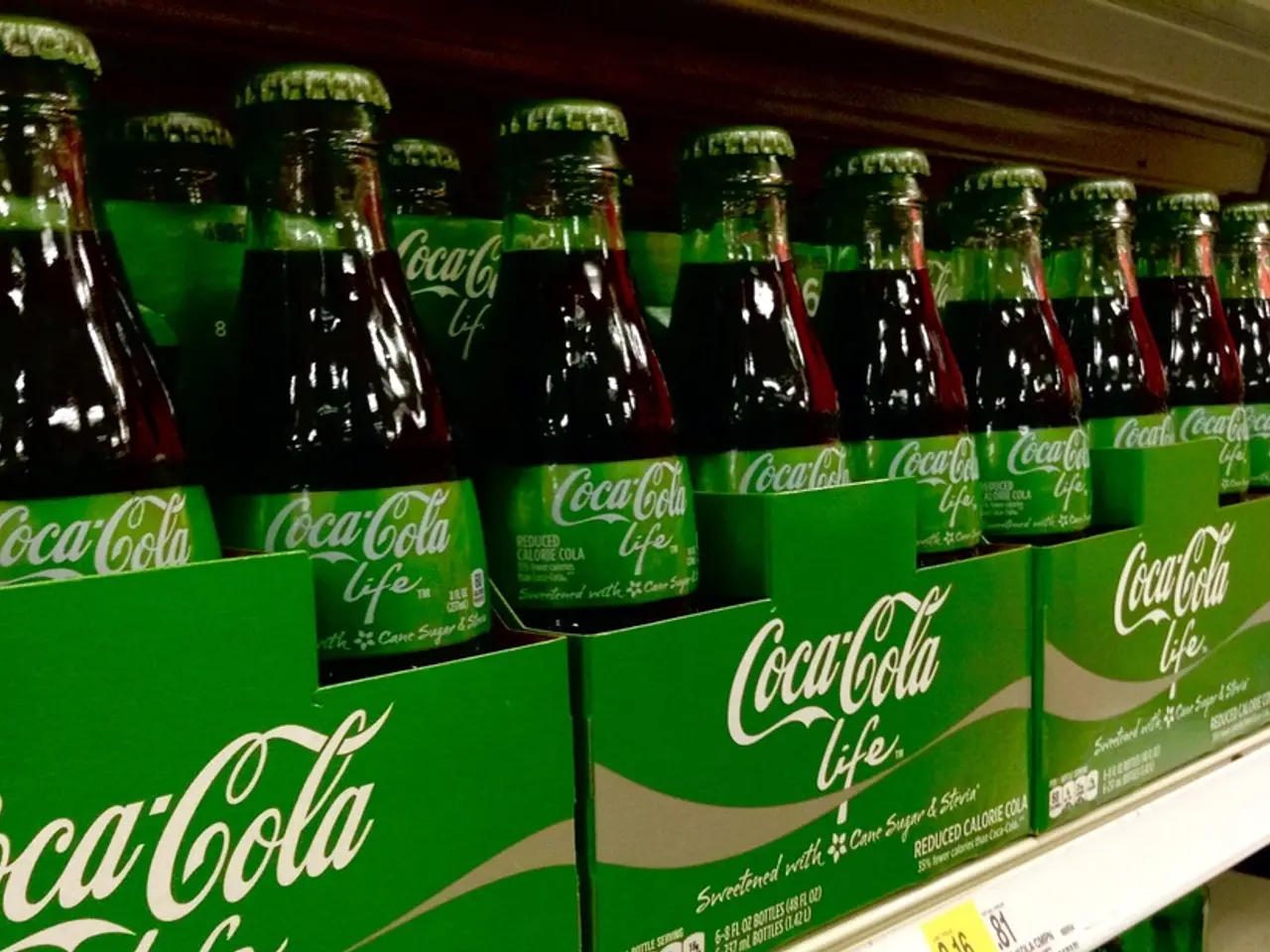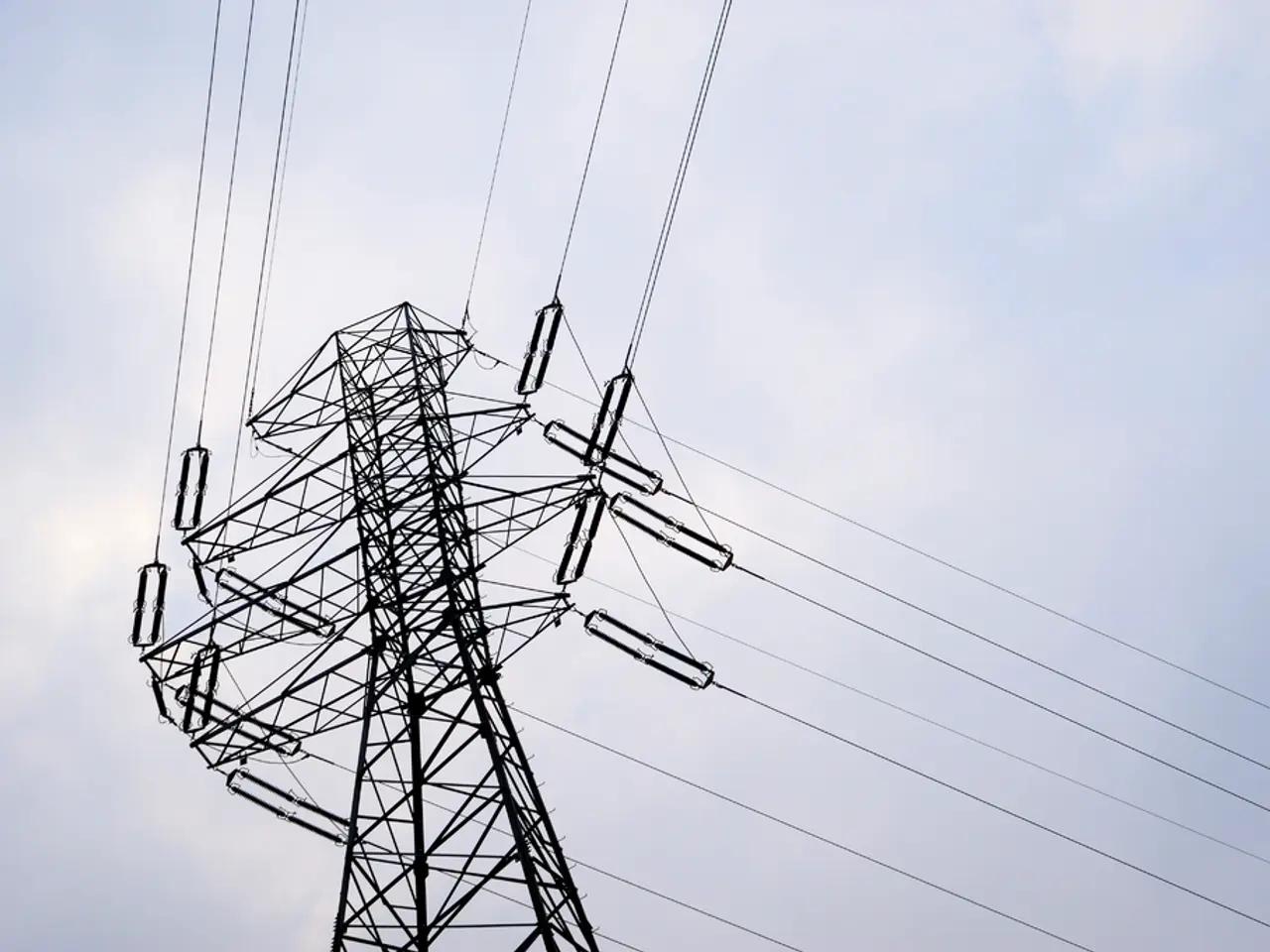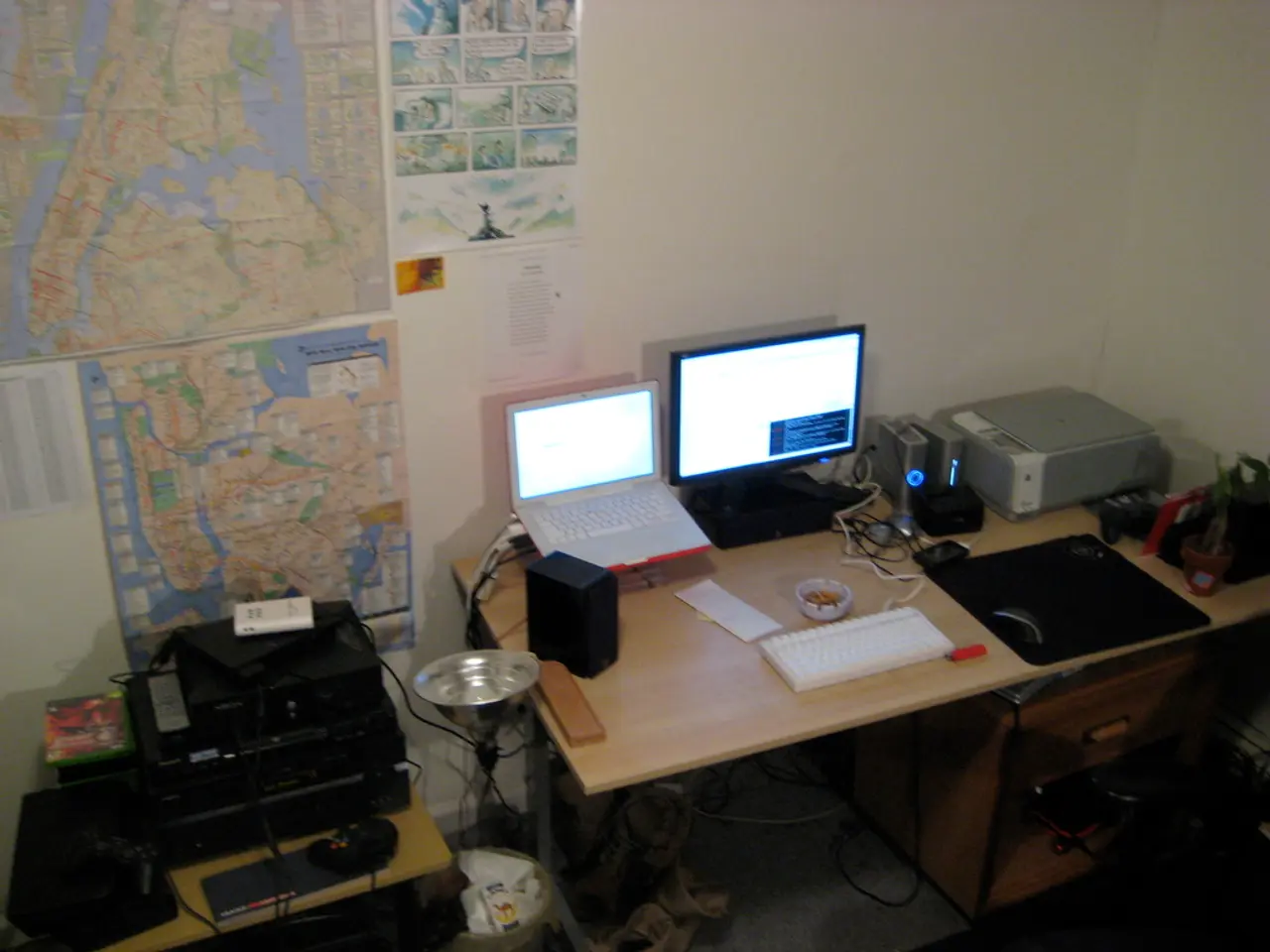Exploring Dissolvable Batteries and Recyclable PCBs: The Latest Developments in Sustainable Technology
In the realm of electronic waste management, recent advancements are focusing on the development of dissolvable batteries and healable circuit boards, aiming to reduce e-waste and improve device sustainability.
Researchers at Binghamton University have taken a significant step in this direction with their dissolvable biobattery, powered by commercially available probiotics. This innovative battery can deliver power for periods ranging from four minutes to over 100 minutes, depending on power delivery fine-tuning. The battery is designed to disintegrate in water, making it suitable for applications where retrieval is impractical or undesirable.
The composite material, used in the battery, retains the strength and durability of traditional circuit board plastics while being electrically conductive and self-healing after damage. This self-healing property is particularly useful in extending the lifespan of the device and reducing waste.
Meanwhile, researchers at Virginia Tech have developed the LM-vitrimer composite, a potential solution to the e-waste problem. This composite, a combination of a dynamic polymer called vitrimer and droplets of liquid metal (LM), exhibits healing capabilities due to the dynamic ester bonds and reconfigurable LM droplet network. The LM-vitrimer composite is a recyclable and reconfigurable circuit material that could address the challenges posed by the inherent "rugged" nature of printed circuit boards (PCBs) and their difficulty in recycling.
The work on the LM-vitrimer composite has been published in Wiley's Advanced Materials in the paper titled "Liquid Metal-Vitrimer Conductive Composite for Recyclable and Resilient Electronics". The work on the dissolvable probiotic-powered biobattery has been published online by Wiley's Small.
These advancements are part of a broader push towards eco-friendly, recyclable electronics using low-cost and sustainable approaches. The primary objective of these transient and bioresorbable electronics is to enable short-term, predefined operation, after which the battery safely disintegrates when no longer needed.
The LM-vitrimer composite has shown potential applications for next-generation sustainable electronic devices, as demonstrated by a fully vitrimer-based circuit board. The battery's construction is relatively straightforward, requiring no semiconductor or advanced processes technology. A single module of the biobattery outputs 4 μW of power, 47 μA of current, and an open-circuit voltage of 0.65 V.
In conclusion, the development of self-healing materials for circuits and dissolvable or biodegradable battery components represents a significant stride towards sustainable electronics. These advancements not only address growing environmental challenges from electronics disposal but also pave the way for a future where electronic devices can heal themselves or dissolve safely after use.
The advancements in environmental science, such as the dissolvable probiotic-powered biobattery and the LM-vitrimer composite, demonstrate promising strides in combating climate change by addressing electronic waste issues and promoting sustainability in technology. These innovative solutions are integral to the development of eco-friendly electronic devices that can heal themselves or dissolve after use.




